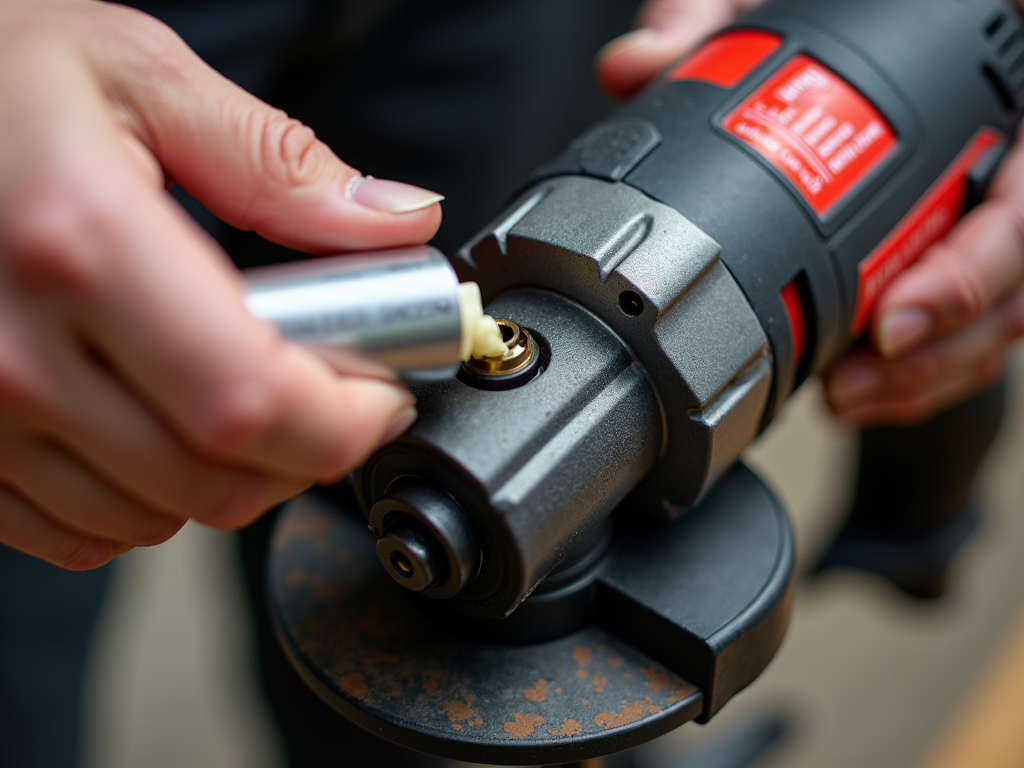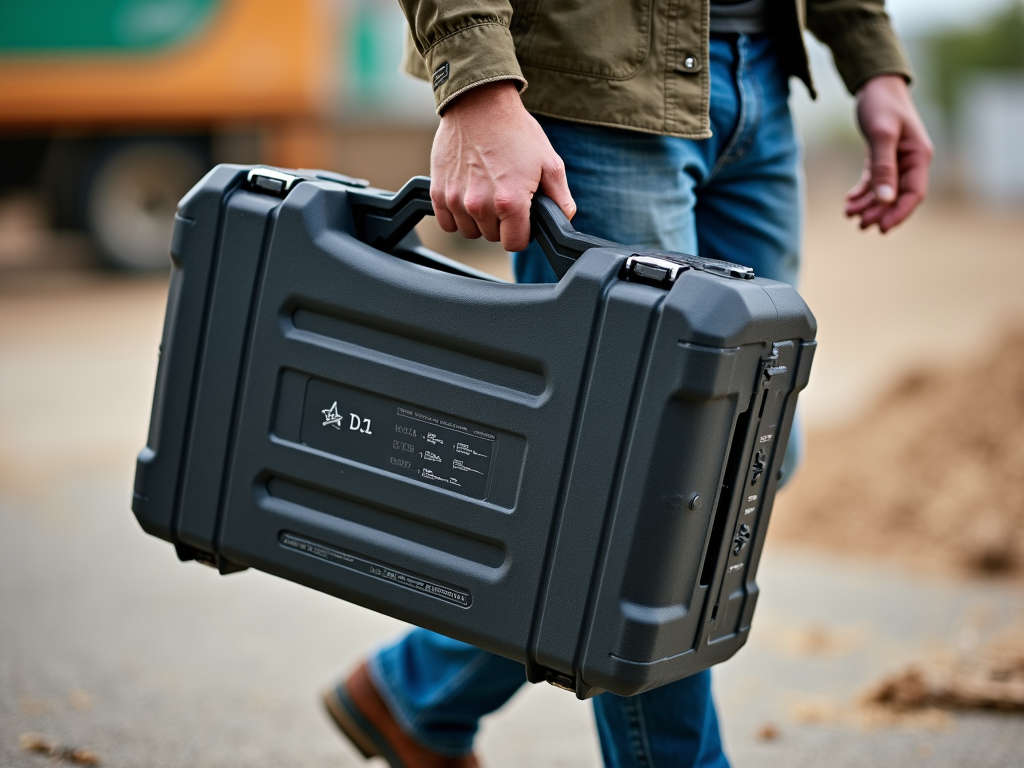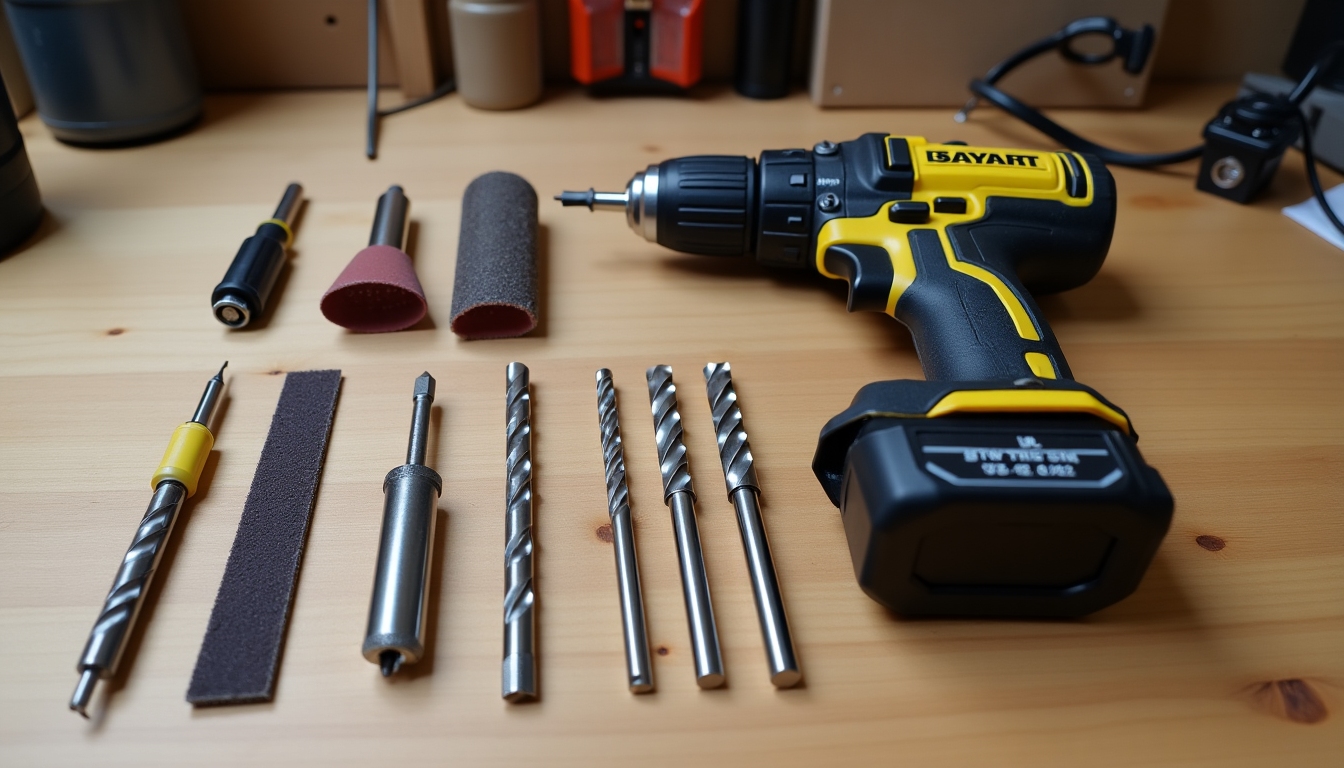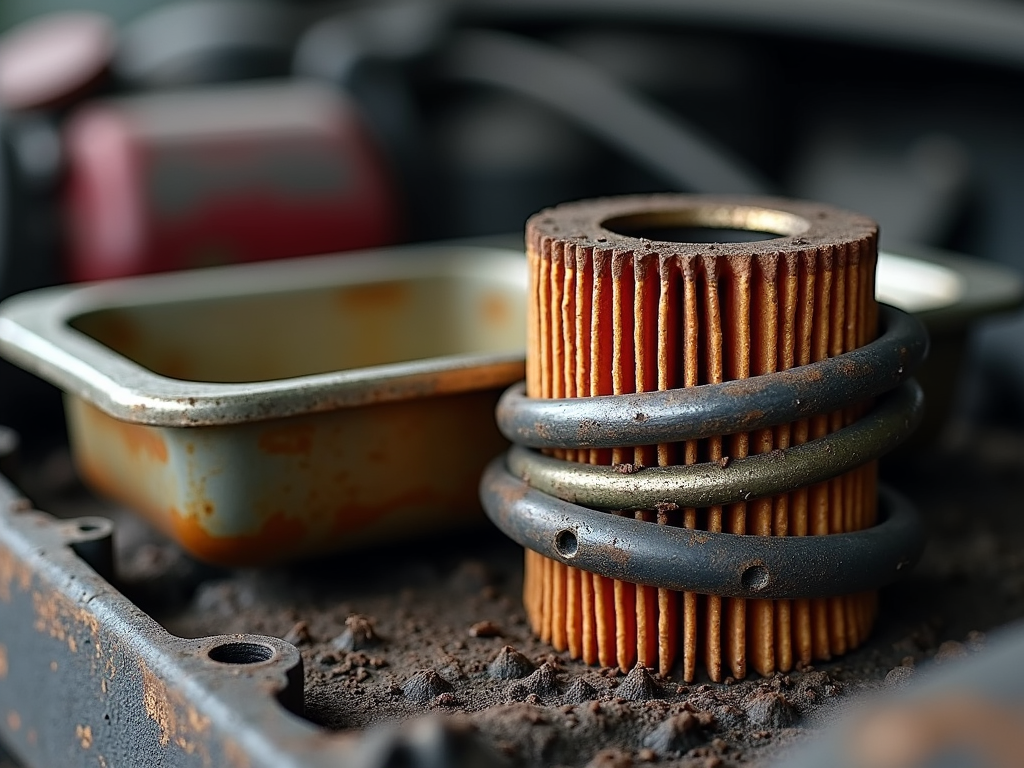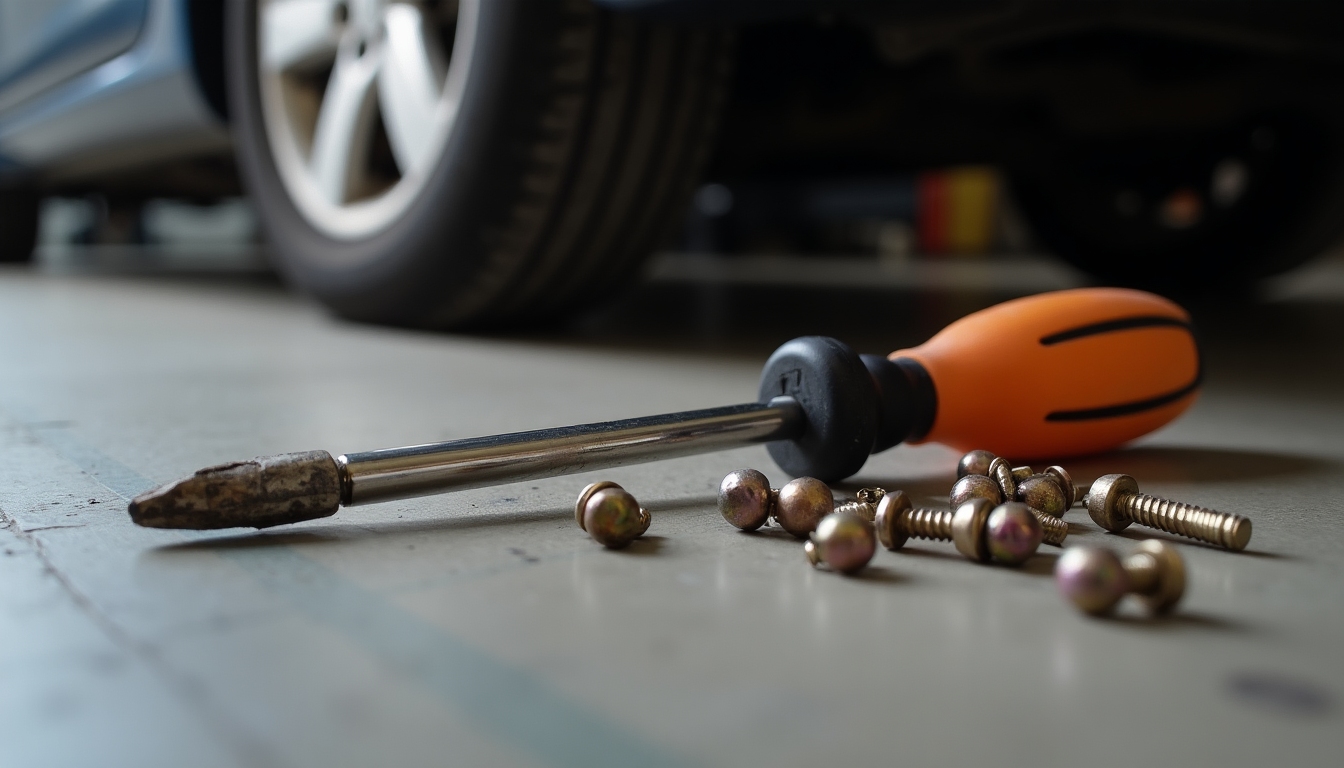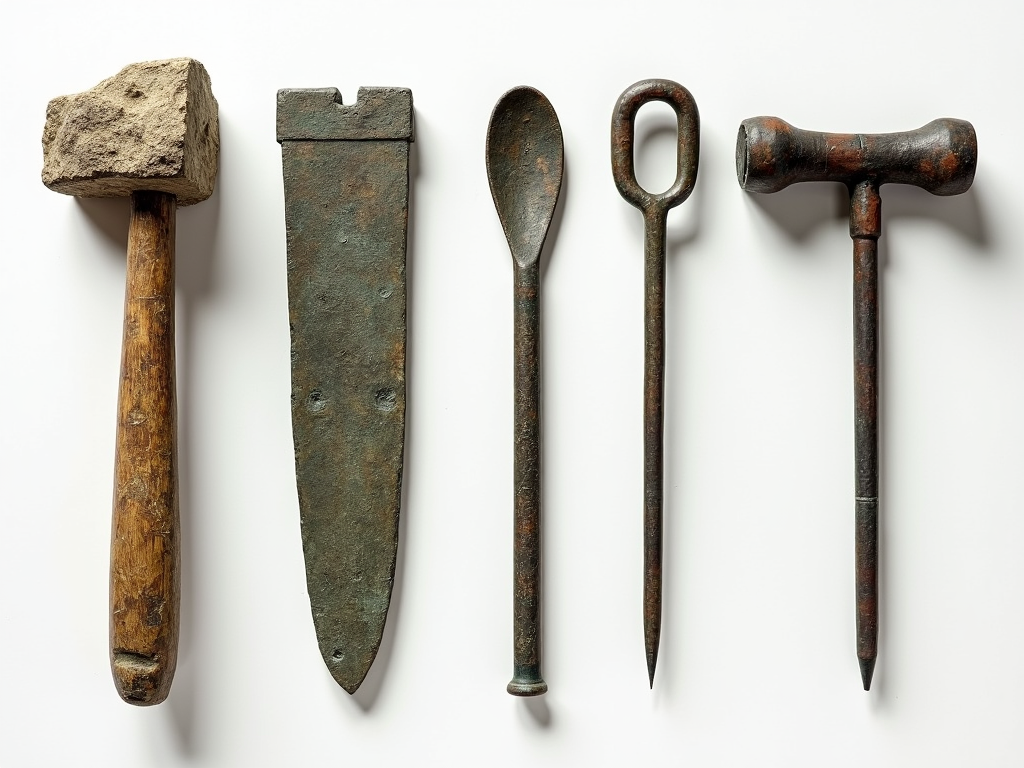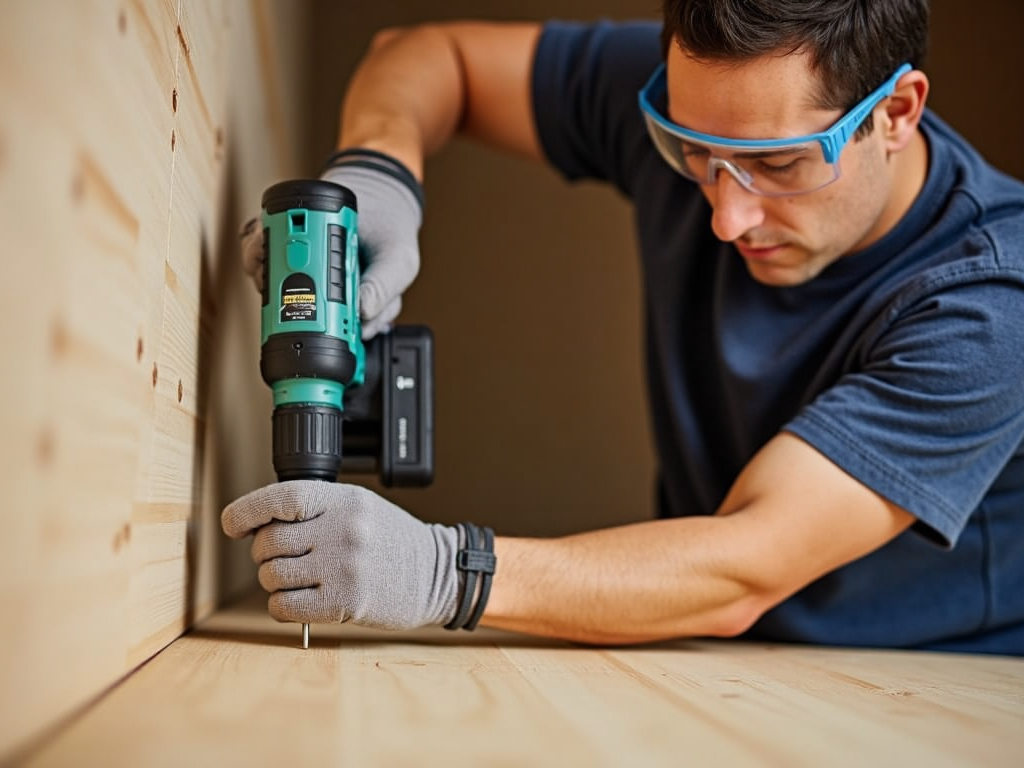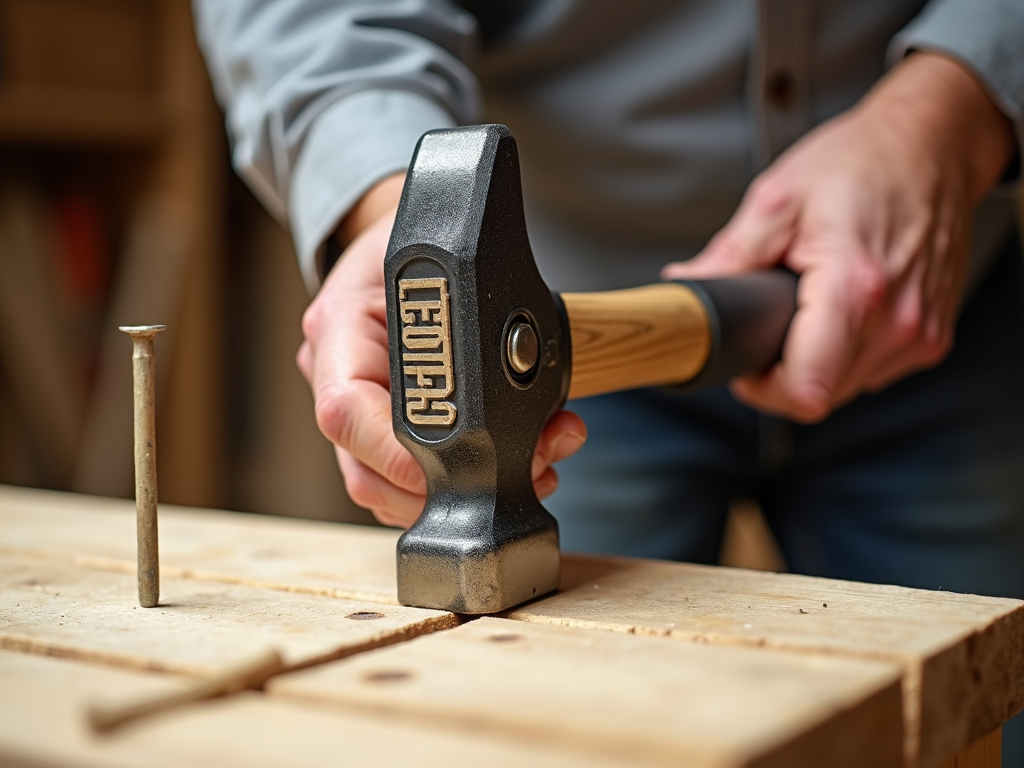In the world of work, what you wear can be as important as the tools you use. Choosing the right workwear for your job isn't just about looking the part; it's about safety, comfort, and getting the job done right. Whether you're hammering nails on a construction site, cooking up a storm in a kitchen, or saving lives in a hospital, your workwear needs to match the demands of your profession. This guide will walk you through everything you need to know to pick the perfect gear for your gig.

Understanding Your Job Requirements
Every job has its own set of challenges, and your workwear should rise to meet them. Think about it: a firefighter needs flame-resistant clothing, while a lab technician requires protective gear against chemicals. Even in less extreme environments, like an office, the right attire can boost your confidence and professionalism. Start by asking yourself: What are the physical demands of my job? Do I need protection from the elements, or is comfort my top priority? Understanding these needs is the first step in choosing workwear that works for you.
Key Factors to Consider
When it comes to selecting workwear, there are a few key factors that should guide your decision:
- Safety: This is non-negotiable. Your workwear should meet or exceed the safety standards of your industry. For example, if you work in construction, high-visibility clothing and steel-toed boots are a must.
- Comfort: You'll be spending hours in your workwear, so make sure it's comfortable. Look for breathable fabrics, adjustable fits, and designs that allow for freedom of movement.
- Durability: Workwear takes a beating, especially in physically demanding jobs. Choose materials that can withstand wear and tear, like reinforced stitching and tough fabrics.
- Functionality: Your workwear should make your job easier, not harder. Features like multiple pockets, tool loops, or even tool belts with customizable pockets can be a game-changer for efficiency.
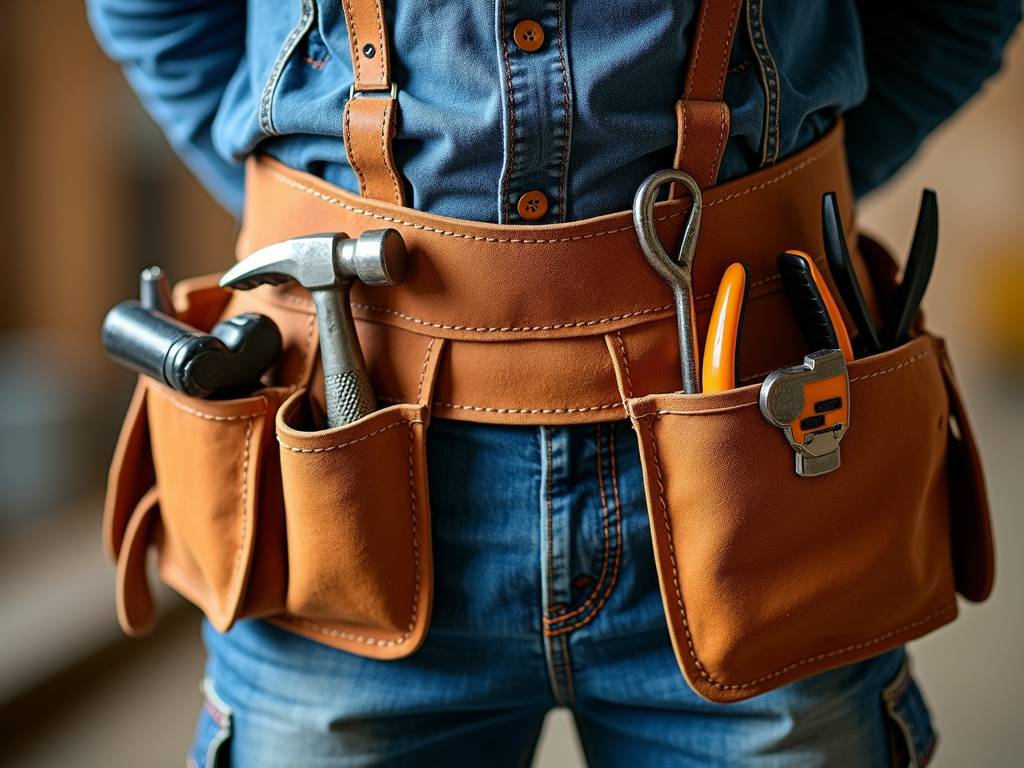
Types of Workwear
Workwear isn't one-size-fits-all. Here's a breakdown of the main types:
- Uniforms: These are standard in many industries, from hospitality to healthcare. They often include branding and are designed to present a professional image.
- Protective Gear: This category includes items like helmets, gloves, safety glasses, and more. Essential for jobs with physical risks, protective gear is all about keeping you safe.
- Accessories: Don't overlook the little things. Tool belts, for instance, are crucial for jobs that require carrying equipment. A good tool belt with customizable pockets can keep your tools organized and within reach, saving you time and hassle.
Choosing the Right Material
The material of your workwear can make or break your day. Here's what to consider:
- Cotton: Soft, breathable, and comfortable, cotton is great for moderate climates. However, it might not hold up in harsh conditions.
- Polyester: Known for its durability, polyester resists wrinkles and shrinking. It's a good choice for jobs that require a polished look.
- Blends: Often the best of both worlds, blends combine the comfort of cotton with the durability of polyester. They're versatile and can be tailored to specific job needs.
Think about your work environment. If you're in a hot kitchen, breathable cotton might be best. If you're outdoors in varying weather, a blend could offer the protection you need.
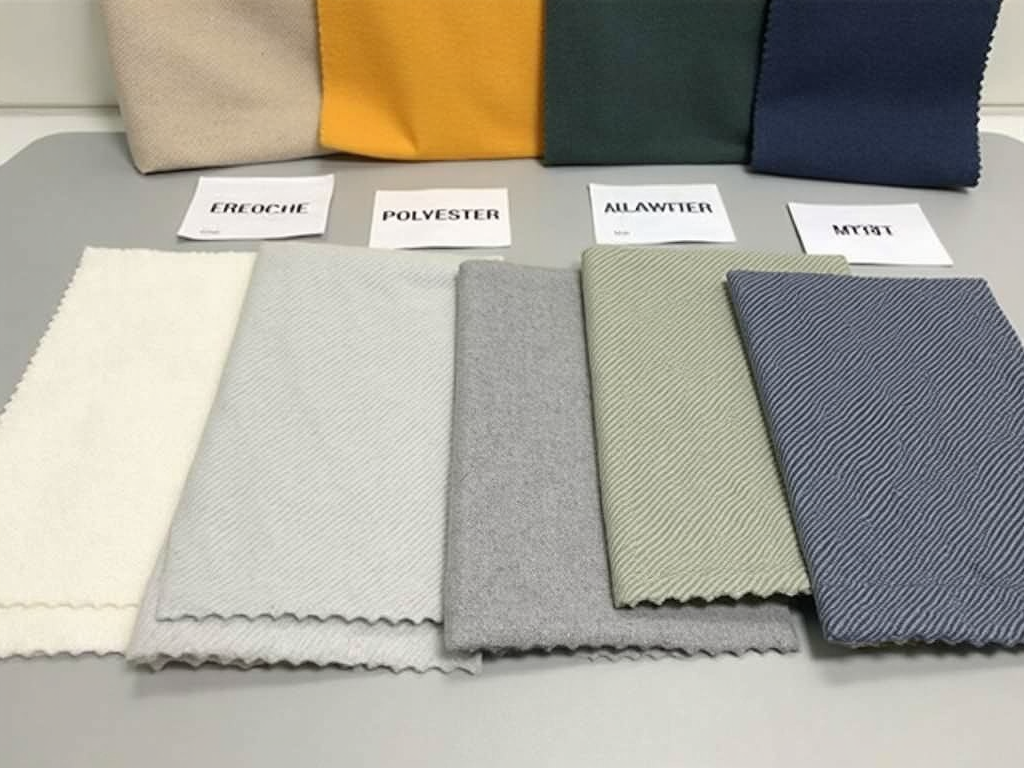
Maintenance and Care
Taking care of your workwear is just as important as choosing it. Here are some top tips for cleaning and storing workwear:
- Follow Care Labels: These labels are there for a reason. They tell you how to wash and dry your workwear to keep it in top shape.
- Pre-treat Stains: Work environments can be messy. Treat stains as soon as possible to prevent them from setting.
- Store Properly: Hang or fold your workwear neatly. This not only prevents wrinkles but also helps you spot any damage that needs repair.
Proper maintenance ensures your workwear lasts longer, saving you money and hassle in the long run.
Conclusion
Choosing the right workwear is an investment in your safety, comfort, and productivity. By understanding your job's unique demands and considering factors like material, functionality, and care, you can select gear that not only meets but exceeds your needs. Remember, the right workwear isn't just about looking good—it's about feeling good and performing at your best.
Related Choosing the Right Workwear for Your Job:
- The Ultimate Guide to Safety Gear for Construction Workers
- Essential Maintenance Tips for Power Tools: Keep Your Equipment Running Smoothly and Safely
- How to Choose the Right Toolbox for Your Needs: A Comprehensive Guide
- Power Drills with Multiple Attachments: A Comprehensive Guide
- Top Tips for Cleaning and Storing Workwear: A Comprehensive Guide
- Top 10 Must-Have DIY Car Maintenance Tools for Every Car Owner
- Beginner’s Guide to Fixing Common Plumbing Issues
- Power Washer Troubleshooting and Repair: A Comprehensive Guide
- How to Balance Work and Life in the Trades
- The Ultimate Guide to Hand Tools
- How to Choose the Best Power Tools for Your Needs
- Ergonomic Hand Tools for Reduced Strain: A Comprehensive Guide

